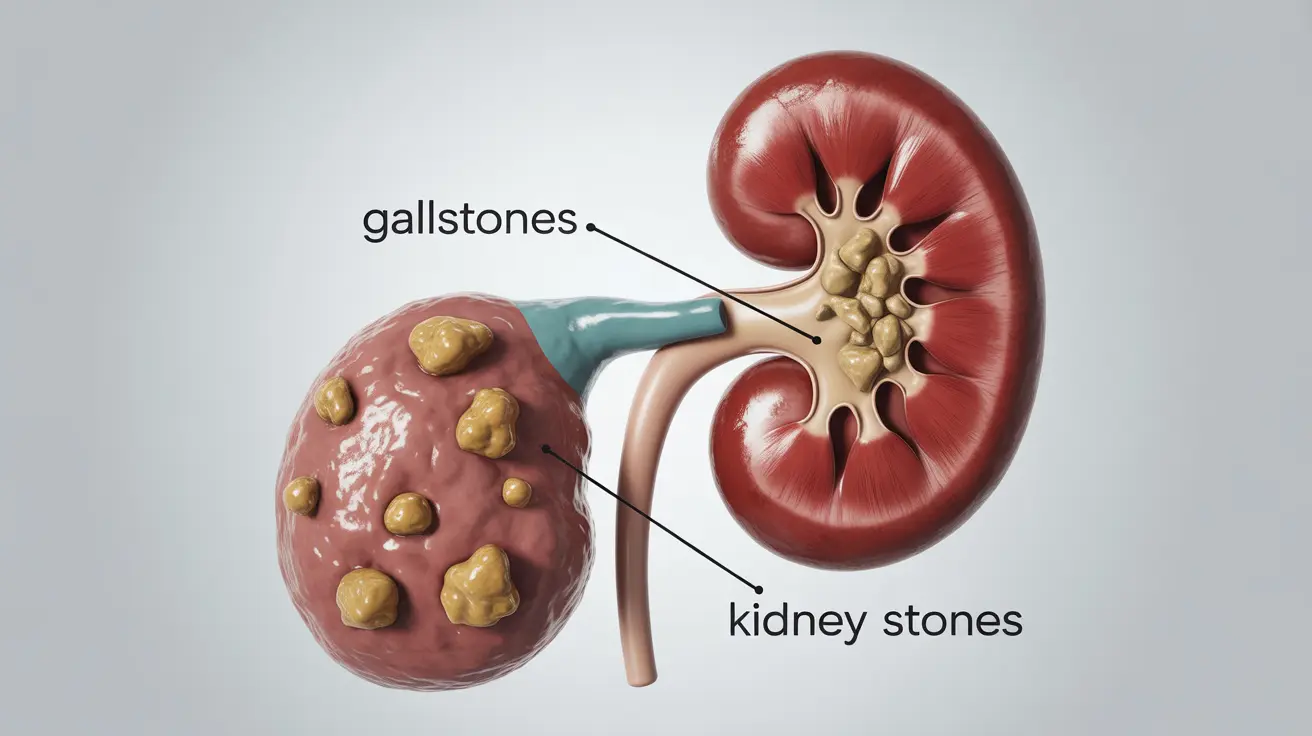Small cell lung cancer (SCLC) represents one of the most aggressive forms of lung cancer, known for its rapid spread and challenging treatment landscape. This devastating disease accounts for approximately 10-15% of all lung cancer cases and has garnered attention due to its particularly aggressive nature and poor prognosis.
Understanding why this cancer type is so deadly and recognizing its early warning signs can be crucial for better outcomes. Let's explore the characteristics that make SCLC particularly dangerous and examine current treatment approaches.
Characteristics and Aggressive Nature
Small cell lung cancer earns its reputation as a particularly deadly form of cancer due to several distinct characteristics. The cancer cells are notably smaller than normal cells and multiply extremely rapidly, leading to fast-growing tumors that can double in size within weeks rather than months.
This aggressive growth pattern often means the cancer has already spread to other parts of the body by the time it's diagnosed, making treatment significantly more challenging. The cancer's ability to metastasize quickly to vital organs, including the brain, liver, and bones, contributes to its deadly nature.
Early Warning Signs and Symptoms
Recognizing early symptoms is crucial, though they can be subtle and easily confused with other conditions. Common signs include:
- Persistent cough that worsens over time
- Chest pain that intensifies with deep breathing
- Unexplained weight loss
- Fatigue and weakness
- Shortness of breath
- Hoarseness
- Recurring bronchitis or pneumonia
Risk Factors and Prevention
Understanding the risk factors for SCLC is crucial for prevention and early detection. The primary risk factors include:
- Smoking (responsible for 95% of cases)
- Exposure to secondhand smoke
- Occupational exposure to certain chemicals
- Family history of lung cancer
- Previous radiation therapy to the chest
Current Treatment Approaches
Treatment for SCLC typically involves a multi-modal approach, combining different therapies for the best possible outcomes. Standard treatment options include:
- Chemotherapy (typically the first-line treatment)
- Radiation therapy
- Immunotherapy
- Surgery (in limited cases)
- Prophylactic cranial irradiation (PCI)
Emerging Treatments and Research
Recent advances in treatment approaches have opened new possibilities for SCLC patients. Promising developments include:
- Targeted therapy based on genetic mutations
- Novel immunotherapy combinations
- Antibody-drug conjugates
- Clinical trials exploring new treatment combinations
Frequently Asked Questions
What are the most common symptoms of small cell lung cancer (SCLC)?
The most common symptoms include persistent cough, chest pain, unexplained weight loss, fatigue, shortness of breath, and recurring respiratory infections. These symptoms often appear and progress rapidly due to the aggressive nature of SCLC.
Why is small cell lung cancer so deadly compared to other types of cancer?
SCLC is particularly deadly due to its extremely rapid growth rate, early spread to other organs, and tendency to be diagnosed at advanced stages. The cancer cells multiply quickly and can develop resistance to treatment, making it more challenging to control than many other cancer types.
How is small cell lung cancer typically treated, and what are the most common treatment options?
SCLC is typically treated with a combination of chemotherapy and radiation therapy. In limited-stage disease, concurrent chemoradiation is standard. Immunotherapy has recently become an important addition to first-line treatment for extensive-stage disease.
What are the primary risk factors for developing small cell lung cancer?
Smoking is the predominant risk factor, accounting for about 95% of cases. Other risk factors include exposure to secondhand smoke, certain workplace chemicals, radon gas, and a family history of lung cancer.
What are some new advancements or promising treatments for small cell lung cancer besides traditional chemotherapy and radiation?
Recent advancements include immunotherapy drugs like checkpoint inhibitors, targeted therapies based on genetic profiles, antibody-drug conjugates, and various combination therapy approaches being studied in clinical trials. These newer treatments are showing promise in improving survival rates for some patients.




